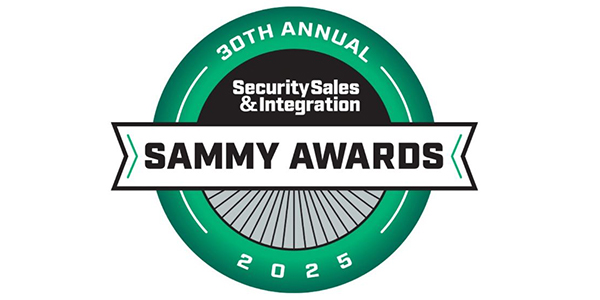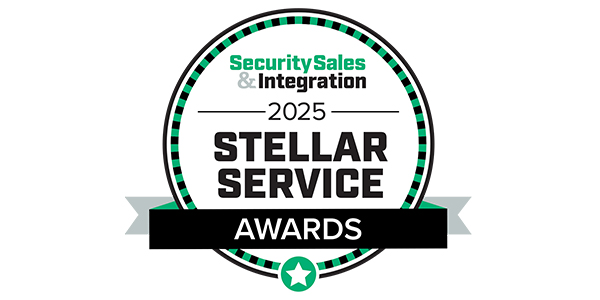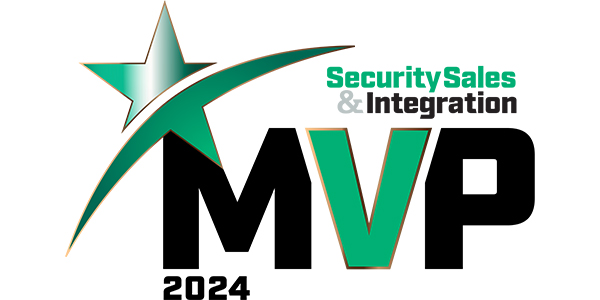The evolution of mass notification systems has played a pivotal role in managing and disseminating critical information to targeted individual groups during emergencies or for other matters.
However, these systems are only as effective as the underlying technology and integration capabilities they leverage. Two meaningful technologies presence detection and remote video monitoring are helping organizations and agencies enhance the reach, precision, and timeliness of mass notifications.
By integrating these technologies and communicating events with greater context, emergency management systems can respond with greater efficiency, providing timely alerts and in many cases should result in more favorable outcomes.
Presence Detection: A Game-Changer in Emergency Management
I have written several articles on the value of presence detection. This technology uses existing smart devices to identify a variety of elements within a specific area. These technologies include the delivery of context as identifying specific individuals with their location and movement in real-time.
The system can be as simple as a premise smart device, a router or a Wi-Fi-enabled device that tracks the presence of people in an area. In the context of mass notifications, presence detection can significantly enhance the precision and effectiveness of emergency communication.
One of the essential and most valuable advantages of presence detection is its ability to identify who is in a specific area during an emergency, allowing for more targeted communication.
For instance, in a large building, such as a hospital, university or corporate office, presence detection systems can identify which areas are occupied and send alerts directly to those individuals.
This technology can also automate certain actions. If an emergency is detected, the system can automatically trigger mass notifications to those designated without manual intervention. This reduces the time delay that can occur when alerts are manually sent, ensuring that people in danger are informed immediately.
Remote Video Monitoring: A Vital Tool for Real-Time Detection
Remote video monitoring technology involves the use of video to monitor various environments from a remote monitoring center.
This capability is particularly valuable in mass notification scenarios, as it allows emergency management personnel to assess the situation in real time, even when they are not physically present at the scene.
Remote video monitoring can be integrated with mass notification systems to enhance situational awareness and ensure that the correct message is delivered to the right people at the right time.
A simple example of this is a Ring doorbell that is set to notify neighbors within the neighbor’s mass notification mobile app.
One significant advantage of integrating remote video monitoring with mass notification systems is the ability to visually communicate the nature of an emergency along with instructions or other details of the alert.
Video surveillance can provide critical information about crowd behavior, helping emergency responders better understand the scale and severity of an incident.
For instance, during a mass evacuation, cameras can track the flow of people in and out of a building, identifying bottlenecks or areas of congestion. This data can be used to adjust notifications and guide people to safer, less crowded exits.
In large public spaces, remote video monitoring can also help detect issues such as potential security threats, accidents or medical emergencies, allowing responders to act quickly and communicate directly with those affected.
Integrating remote video monitoring with presence detection can offer even greater benefits. By linking video surveillance with the system’s ability to track the movement and location of people, the system can deliver tailored notifications based on real-time visual data.
Presence Detection, Remote Video Monitoring and Mass Notification
The true power of these technologies emerges when they are integrated into a unified emergency response system. By combining presence detection and remote video monitoring, organizations can create a dynamic, real-time system that adjusts to the specific needs of the situation.
For instance, in a multi-building complex, presence detection can identify the location of employees or visitors, while video feeds can verify the level of danger.
If a natural disaster, fire or security threat occurs, the system can use both presence and visual data to issue targeted notifications and activate the appropriate safety protocols, such as closing doors, turning off HVAC systems or initiating lockdown procedures.
Additionally, this synergy improves the ability to conduct post-event analysis. By reviewing video footage in conjunction with presence data and notification logs, emergency responders can assess how well the system performed, identify areas for improvement, and adjust protocols accordingly.
Mass Notification is A Game-Changer
As the world faces an increasing array of safety and security challenges, the integration of presence detection and remote video monitoring into mass notification systems is proving to be a game-changer. These technologies provide critical insights, improve situational awareness and enable more efficient, targeted communication during emergencies.
By combining these tools into a cohesive emergency management strategy, organizations can not only enhance their ability to protect individuals but also ensure that mass notifications are delivered with precision and efficiency, ultimately saving lives and minimizing damage.






